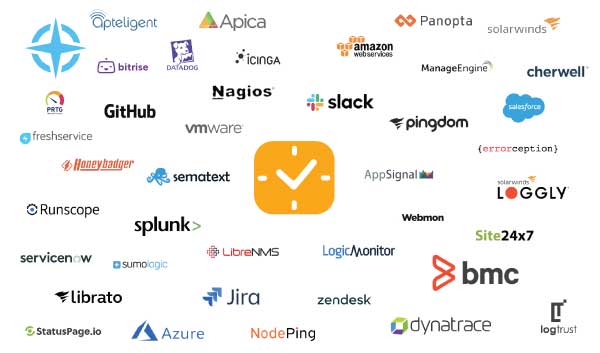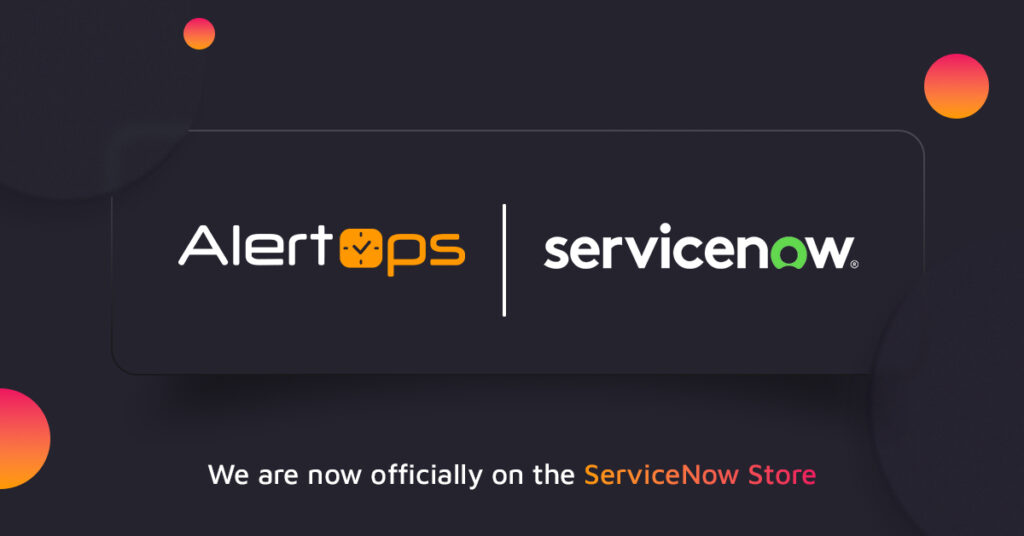A Recent Dice Article Titled – Data Breach Costs: Calculating the Losses referenced a 2021 IBM and Ponemon Institute study that looked at nearly 525 organizations in 17 countries and regions that sustained a breach last year, and found that the average cost of a data breach in 2020 stood at $3.86 million.
The same report also found that companies in the United States continued to experience the highest data breach costs, averaging $8.64 million per event. The IBM and Ponemon report also noted that those organizations that invest in automation, such as security orchestration, automation, and response (or SOAR), also saw the average cost of a data breach drop. In fact, with automation, the average cost of a breach for organizations is $2.45 million, versus an average cost of $6.03 million in those organizations without automation.
Has your company ever experienced a significant breach or outage recently? If so, you are not alone. System outages, no matter how small, ultimately impact the organization’s bottom line. And since most attacks continue for more than six hours, it is critical that an organization have the tools and processes in place to identify, orchestrate, respond, and resolve incidents as rapidly as possible. Forward looking organizations do all they can to automate and eliminate manual processes to help mitigate, resolve, and even avoid incidents and minimize their impact on the business.
Let’s look at a few tips on how to better handle the next critical outage or breach incident
Keep your stakeholders and customers informed:
Effective incident communication is one of the major pillars of incident management success. Research has shown that communication alone can reduce time to resolve major incidents significantly faster. Transparency is very important when it comes to incident management to maintain the trust of stakeholders. When an issue arises all necessary senior management, customer service representatives, and customers should not only be notified but also receive frequent status updates. The company should determine which channel of communication is most effective in reaching all stakeholders and customers.
Quickly put the team to work resolving the problem:
As soon as an issue is identified teams should be notified so they can start working on the resolution process immediately. Determining up front how and which team members should be systematically notified and provided the resources they will need as crucial initial steps in the process.
Automate processes and workflows wherever possible:
When confronted with an IT breach or outage, time is not well spent manually notifying and updating systems rather than working on problem resolution. The AlertOps Platform enables the response team to act fast by automating the update and notification process for you. It’s just a quick, one-time setup that saves time when moments matter.
Discover why our customers rely on AlertOps when incidents strike:
When IT incidents strike if your team is scrambling with Excel spreadsheets, calling trees, multiple scheduling systems, placing phone calls, pulling large groups of non-vital staff into meetings, sending emails, text messages and other manual activities each time an incident occurs, then AlertOps can help you.
AlertOps is an industry-leading, fully automated, and rules-based platform that allows you to set up precise rules to trigger communications to different groups and stakeholders using the best and most effective channels. Beyond this the AlertOps Platform has many powerful features to make your incident management life easier like: multi-modal communication, teams with on-call schedules, customizable message routing rules, customizable workflows and escalations, SLAs based severity management and much more.
Schedule a demo today and discover how AlertOps can help your organization confront any IT breach or outage with speed and confidence
Or Star a 14 – Day Free Trial Now.







